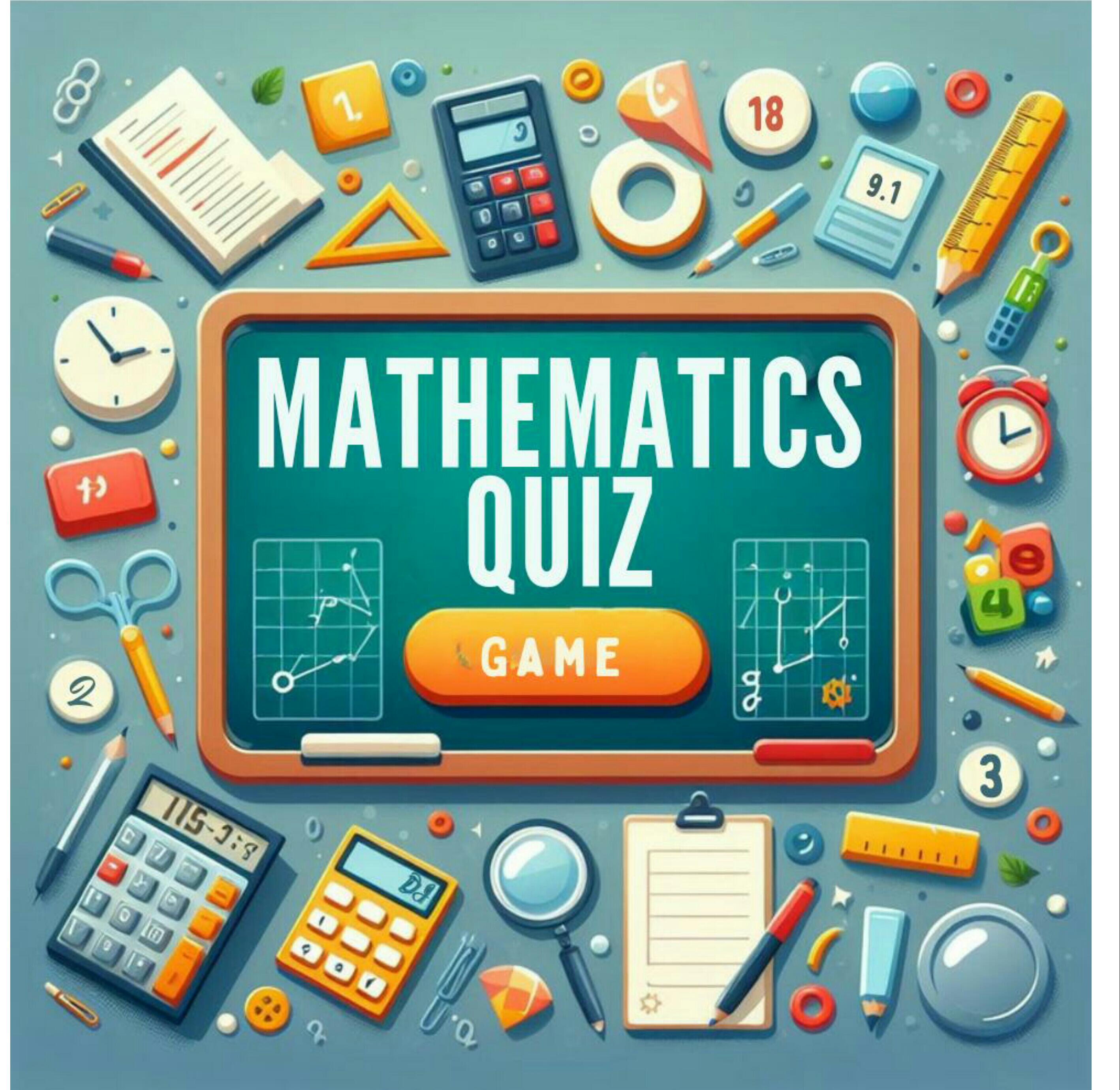SAMPLING - Theory & Formulas

Other note source 📊 SAMPLING - Theory & Formulas Cambridge AS & A Level Mathematics 📖 Part 1: Introduction to Sampling Key Definitions Population: Complete set of ALL items of interest Sample: Part of the population (size = n) Representative Sample: Accurately reflects population characteristics Biased Sample: Does NOT properly represent population Random Sample: ALL possible samples of size n have equal probability of selection 💡 Why Use Samples? Reason Example 💰 Cost-Effective Test 50 products vs 10,000 ⏰ Time-Saving Survey 100 people vs millions 🔨 Destructive Testing Crash testing helmets 🌍 Impossible to Survey All All fish in the ocean 🎲 Random Sampling Methods Using Random Number Tables: Number population: 000 to 499 (for 500 items) Pick starting point in table Read digits matching your numbering Ignore numbers outside range Ignore repeats Using Excel: =RAN...





